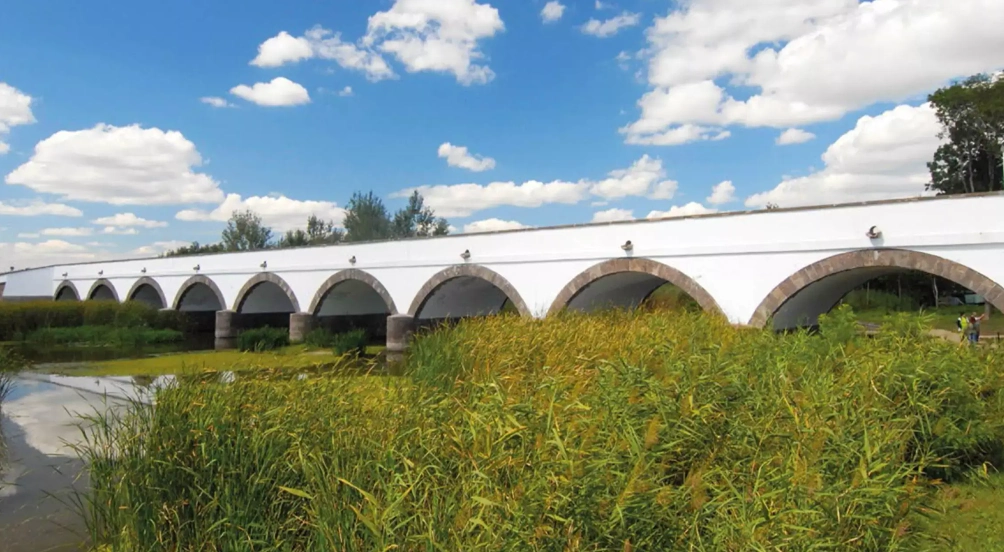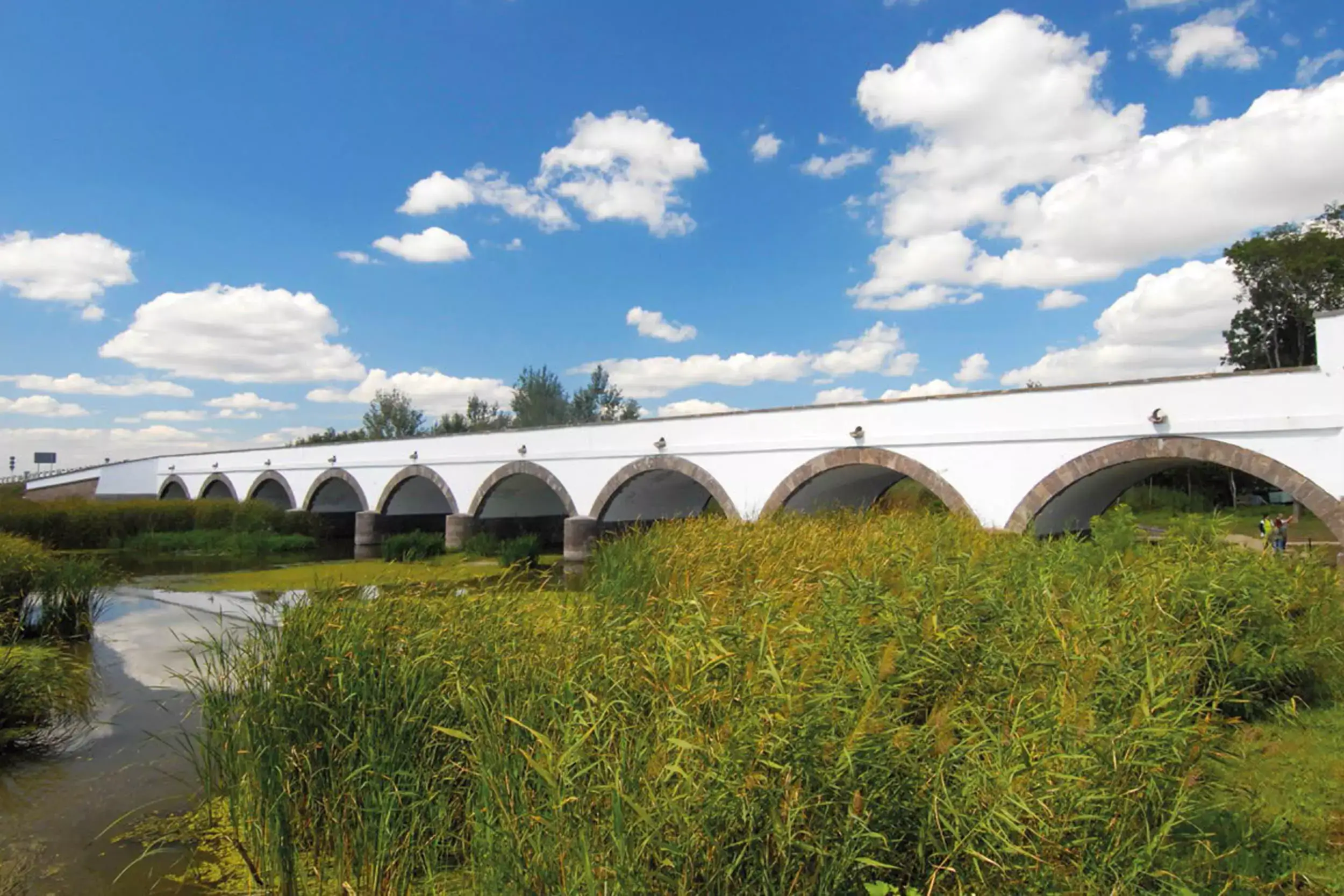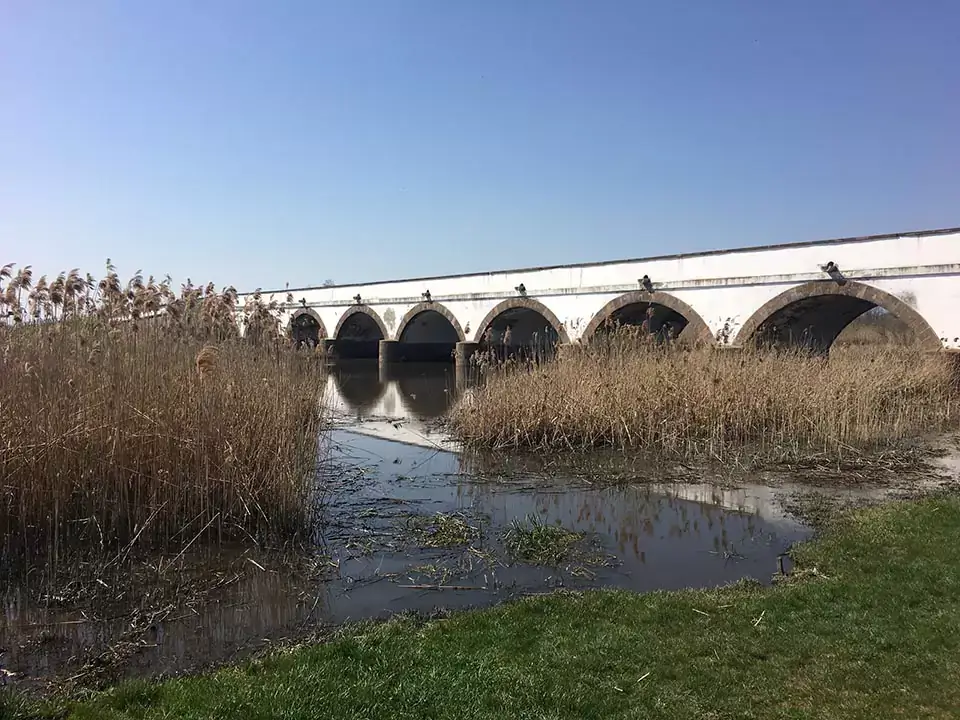Nine-Arch Bridge

- 4071 Hortobagy, Petőfi Square
The Nine-Arch Bridge
The Nine-Arch Bridge is one of the symbols of Hortobágy and Hungary, and it is a must-see at least once for everyone.
For centuries, the Salt Road played an important role as a commercial route connecting Transylvania with Pest-Buda, and one of its routes crossed the Hortobágy River here. The development of the city of Debrecen further increased the significance of this route as a cattle-driving and plains transportation route. Since the early Middle Ages, a wooden bridge provided safe passage across the river. By this time, Debrecen had held the rights to fishing and toll collection on the river for nearly four hundred years, and with this, the responsibility for maintaining the crossing. The wooden structure was damaged by every major flood, so the city decided to build a permanent stone bridge due to the significant maintenance costs. The Nine-Hole Bridge, spanning the Hortobágy River with nine arches, was built between 1827 and 1833 in the classical style based on the plans of Ferenc Povolny. At 167.3 meters long, the Nine-Hole Bridge is the longest road stone bridge in Hungary today. Its uniqueness lies in the fact that it widens at both ends, and the sides of the bridge functioned as a press, helping the shepherds in moving the animals across. Since 1999, it has been part of the UNESCO World Heritage.
Numerous legends are associated with the bridge. One of the most well-known stories is about the famous outlaw, Sándor Rózsa, who was once surrounded by the police while he was drinking in a nearby tavern. He then jumped on his horse to cross to the other side, but at that time, there was no bridge over the river. Seeing this, his nine lovers embraced each other, helping the outlaw cross the river.
Map
Check out the detailed map!






